International travel never really starts at the gate. It begins the moment the glass doors slide open and you step into a space humming with its own small universe of sound, light and expectation. The world’s best airports understand this feeling and shape it thoughtfully. They are built not just to process passengers but to slow the pulse, soften the waiting and create a sense of calm before a long journey.
1. Singapore Changi Airport, Singapore
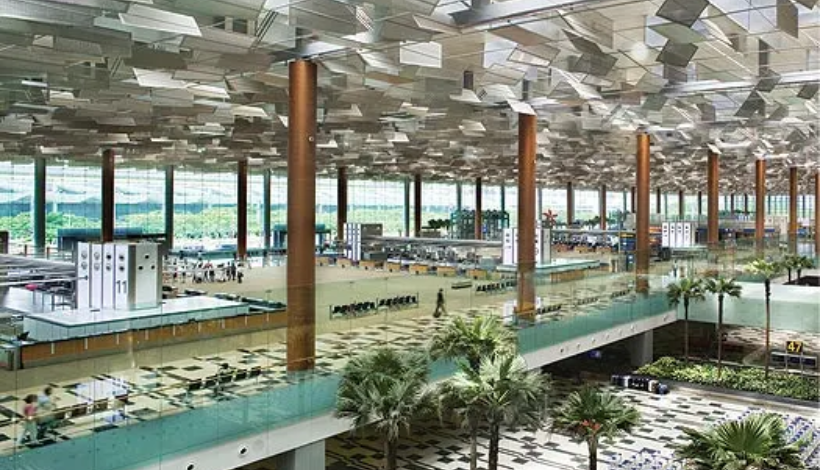
Changi is often described as an airport, but it feels more like a city designed around the idea of calm. The moment you walk in, the air seems quieter, the lighting softer and the greenery almost theatrical. Its architecture leans heavily on natural elements, with sunlight pouring through enormous glass panels and indoor gardens softening every corner. The Jewel complex, with its rain vortex and forest like atrium, adds a sense of wonder that most airports never attempt. Changi’s legacy lies in proving that transit spaces can be destinations in their own right. Travellers remember the ambience long after their flights depart.
- Year of establishment: 1981
- Terminals: 4
- Average daily footfall: About 187,000
2. Hamad International Airport, Doha, Qatar

Hamad International feels like a gallery crossed with a futuristic terminal. Wide concourses stretch beneath high ceilings, allowing travellers to move without the usual airport rush. Art installations, including the famous Lamp Bear, punctuate the space with a playful sense of scale. Interiors draw inspiration from Qatar’s coast, blending polished surfaces with water like patterns and soft lighting that gives the terminal a warm, contemporary glow. The airport’s design speaks to Doha’s ambition to be a global crossroads. It carries an atmosphere that is both serene and theatrical, making it a memorable first impression of the city.
- Year of establishment: 2014
- Terminals: 1 main terminal with multiple concourses
- Average daily footfall: About 125,000
3. Tokyo Haneda Airport, Tokyo, Japan

Haneda balances tradition and efficiency with a kind of elegance only Japan seems able to achieve. The structure is clean and restrained, marked by straight lines, natural colours and spacious walkways that guide travellers almost instinctively. Subtle touches of Japanese design, from wooden accents to lantern like lighting, give the airport a gentle cultural imprint without overwhelming the traveller. Haneda’s legacy is its reputation for reliability, punctuality and seamless navigation. It reflects Tokyo’s character perfectly: orderly, understated and quietly sophisticated.
- Year of establishment: 1931
- Terminals: 3
- Average daily footfall: About 238,000
4. Incheon International Airport, Seoul, South Korea
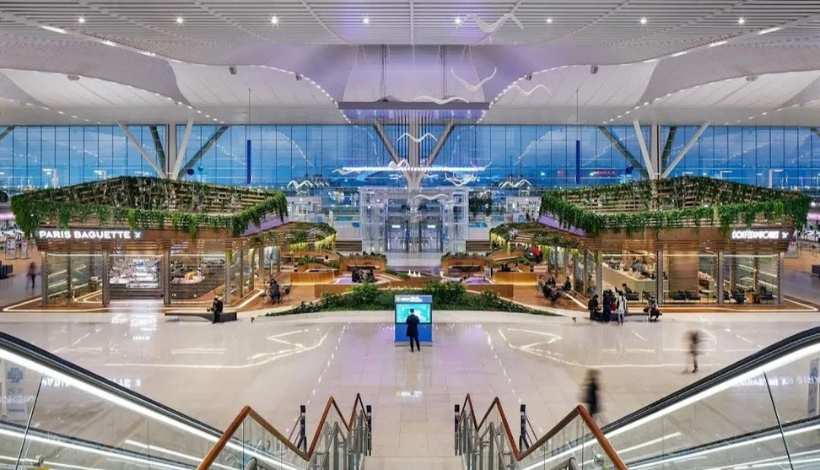
Incheon has a way of making even a busy travel day feel breathable. Its terminals seem to float in natural light, helped by high ceilings and clear sightlines that reduce the usual airport stress. Cultural stages, traditional craft areas and small performances bring Korean heritage into the space without turning it into a museum. The ambience is calm but lively in a way that feels organic. Incheon is iconic not only for efficiency but for how effortlessly it blends travel with culture, giving visitors a warm introduction to South Korea before the trip even begins.
- Year of establishment: 2001
- Terminals: 2
- Average daily footfall: About 195,000
5. Zurich Airport, Zurich, Switzerland
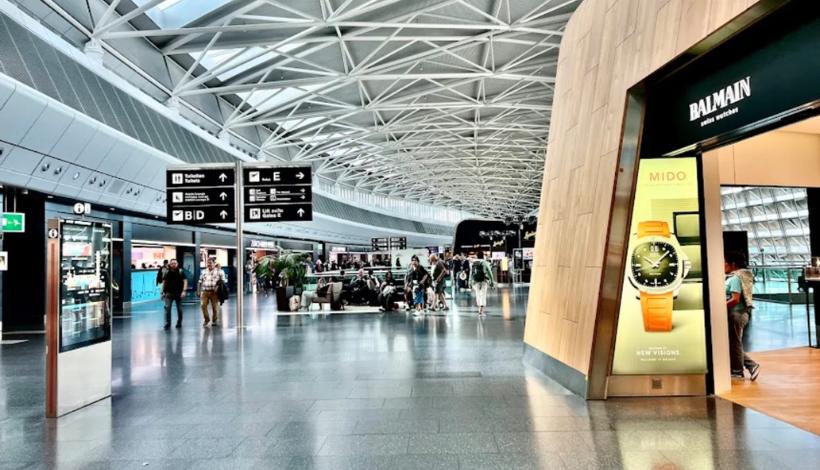
Zurich Airport carries the same sense of precision and calm that people associate with Switzerland. Its terminals follow a minimalist European aesthetic, built with clean lines, open layouts and quiet lighting that feels deliberate rather than plain. The structure is practical without losing warmth, offering smooth transitions between terminals and clear signage that makes navigation almost relaxing. There is a sense of quiet order to the place, the kind that settles travellers who have just come off a long haul flight. Zurich’s legacy lies in its consistency and clarity, which keep it firmly among Europe’s most respected airports.
- Year of establishment: 1953
- Terminals: 2
- Average daily footfall: About 86,000
6. Munich Airport, Munich, Germany
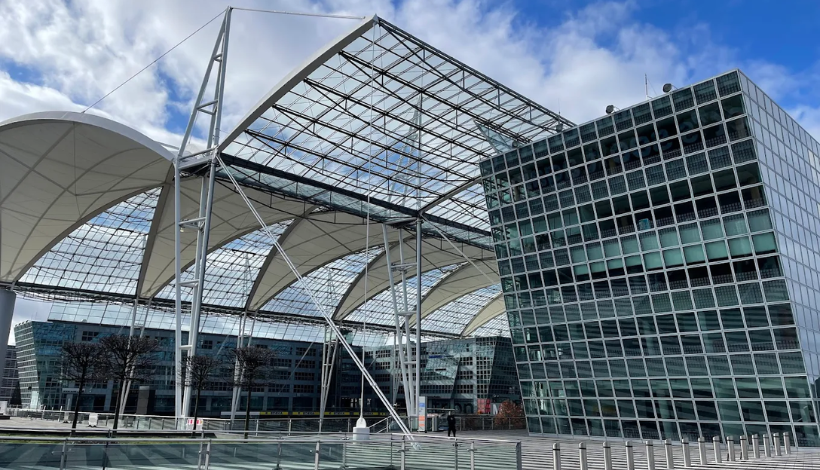
Munich Airport feels bright from the moment you enter. Its glass heavy design pulls in natural daylight, and the large central plaza creates a sense of openness rare in busy European hubs. The structure is laid out with a kind of German practicality that never feels cold. Instead, the airport feels surprisingly inviting, with wide concourses, airy halls and a layout that encourages an unhurried pace. Munich’s identity shines through its combination of efficiency and approachable design, making it an airport travellers remember for how easy it makes everything feel.
- Year of establishment: 1992
- Terminals: 2
- Average daily footfall: About 131,000
7. Dubai International Airport, Dubai, UAE
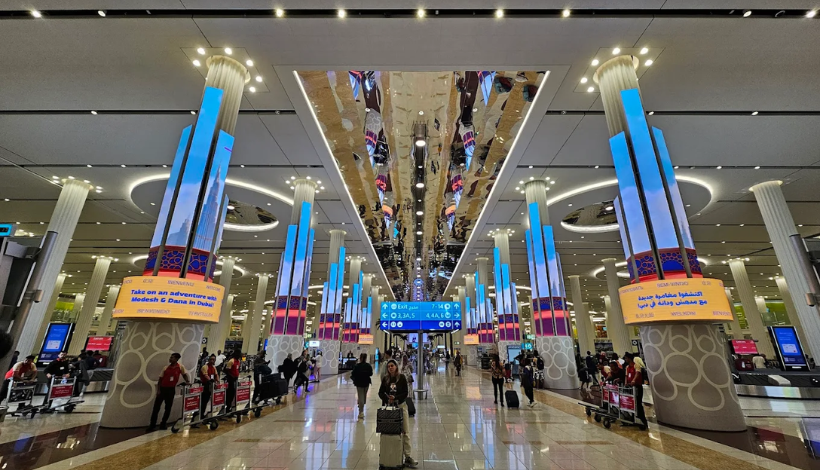
Dubai International is built for scale, and you feel it the moment you step inside. Towering atrium spaces, long sightlines and polished finishes give the airport a sense of grandeur that matches the city outside. Despite its size, the design feels organised, with wide walkways and intuitive zoning that guide travellers seamlessly between terminals. Dubai’s airport is iconic because it handles huge international traffic without overwhelming travellers, wrapping efficiency in architecture that feels both futuristic and luxurious.
- Year of establishment: 1960
- Terminals: 3
- Average daily footfall: About 238,000
8. London Heathrow Airport, London, United Kingdom
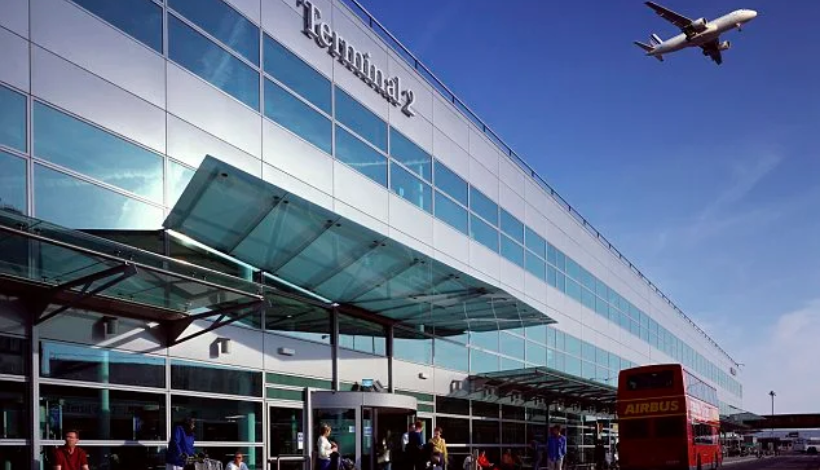
Heathrow is a global crossroads that manages to feel purposeful rather than chaotic. Its modern terminals are designed to streamline movement, with natural light, high ceilings and thoughtful signage guiding travellers through one of the world’s busiest hubs. The ambience is distinctly international, full of accents, languages and people in transit. Heathrow’s legacy lies in its role as the gateway to the United Kingdom, handling millions with an architectural clarity that supports its reputation as a major global connector.
- Year of establishment: 1946
- Terminals: 4
- Average daily footfall: About 222,000
9. Hong Kong International Airport, Hong Kong
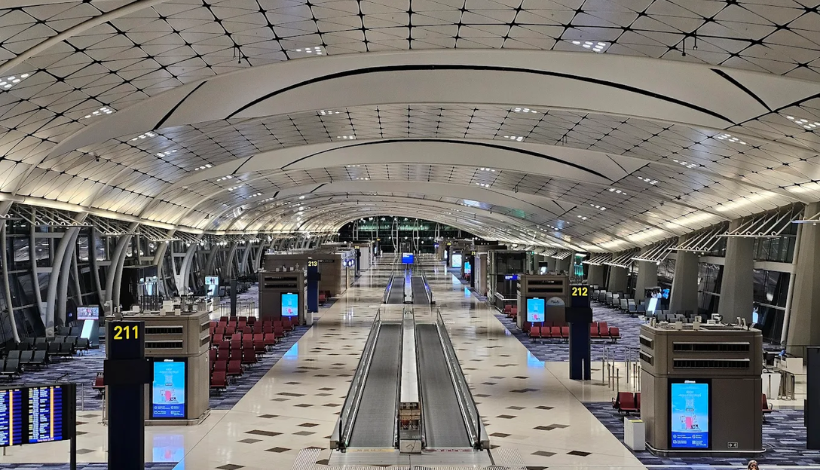
Hong Kong Airport pairs sweeping rooflines with a vast, uncluttered interior that feels almost meditative. Designed by Norman Foster, the terminal balances engineering brilliance with calm visual flow, giving travellers long stretches of open space and soft natural light. Its structure is elegant without being showy, embracing curves and symmetry in a way that eases tension. Hong Kong’s airport is iconic because it sets a tone of sophistication and efficiency the moment you walk in.
- Year of establishment: 1998
- Terminals: 2
- Average daily footfall: About 196,000
10. Narita International Airport, Tokyo, Japan
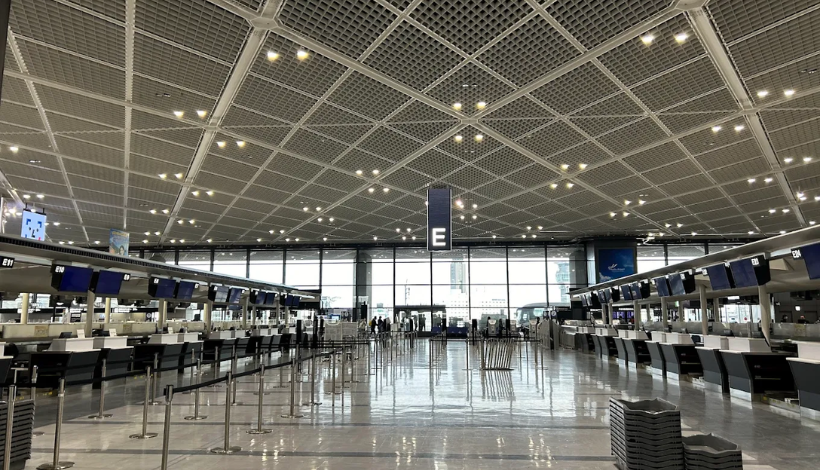
Narita has a quiet discipline to it. The architecture is aimed at clarity: wide corridors, clean lines, clear directions and spaces built to handle long haul passengers with minimum confusion. While the structure itself is simple, it feels grounded in long standing Japanese design values that prioritise order and ease of movement. Narita remains iconic for its unwavering functionality, especially for travellers connecting across Asia.
- Year of establishment: 1978
- Terminals: 2
- Average daily footfall: About 111,000
11. Kansai International Airport, Osaka, Japan

Kansai Airport is a feat of engineering before it is anything else. Built on an artificial island, it features a graceful, sweeping terminal designed to handle natural light and coastal conditions efficiently. Inside, the ambience feels airy and modern, with long curves and open spaces creating a sense of fluid movement. Kansai’s design makes it iconic: it is both a structural marvel and a surprisingly calm place to transit.
- Year of establishment: 1994
- Terminals: 2
- Average daily footfall: About 79,000
12. Vancouver International Airport, Vancouver, Canada
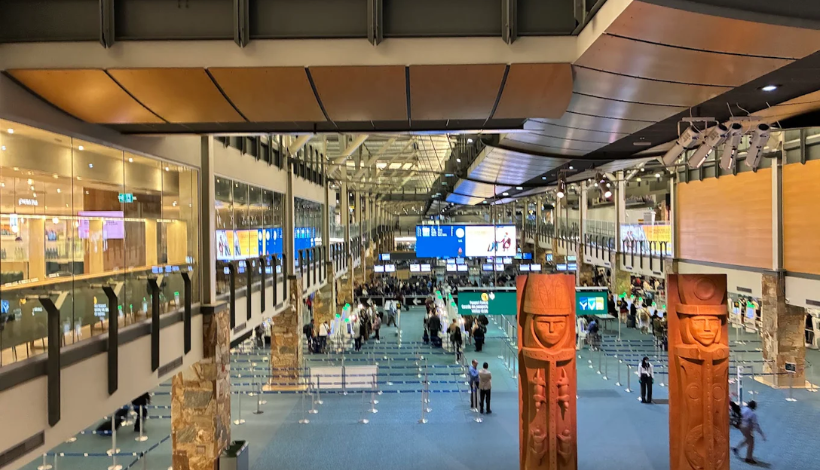
Vancouver Airport welcomes travellers with an unmistakable sense of place. Indigenous art, water features and warm wood tones fill the terminals, giving the airport a cultural identity that feels heartfelt rather than decorative. The ambience is calm and natural, with glass walls that pull in mountain light and create a soothing environment. YVR stands out for how beautifully it reflects British Columbia’s landscape and heritage.
- Year of establishment: 1931
- Terminals: 3
- Average daily footfall: About 72,000
13. Vienna International Airport, Vienna, Austria
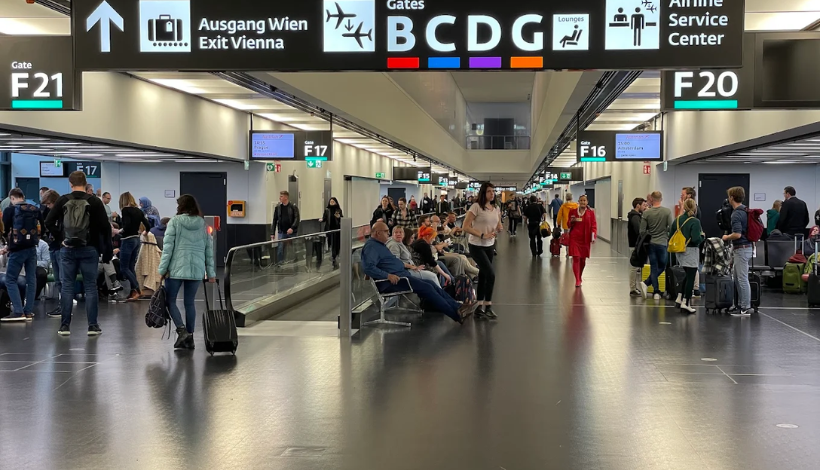
Vienna Airport has a sleek, understated elegance that mirrors the city’s refined charm. Smooth curves, bright interiors and a structured layout make navigation simple. The architecture avoids unnecessary noise, relying instead on clarity and quiet confidence. Vienna’s airport is iconic for its blend of modern European design and traveller friendly flow.
- Year of establishment: 1954
- Terminals: 3
- Average daily footfall: About 86,800
14. Helsinki Airport, Helsinki, Finland

Helsinki Airport feels calm in a way only Nordic design can manage. Wood accents, soft lighting and minimalist layouts create an atmosphere that lowers stress instantly. There is a warmth to the structure despite its simplicity, and the airport never feels crowded even during peak hours. Helsinki’s iconic appeal lies in how gently it prepares travellers for the serenity Finland is known for.
- Year of establishment: 1952
- Terminals: 2
- Average daily footfall: About 60,000
15. Copenhagen Airport, Copenhagen, Denmark
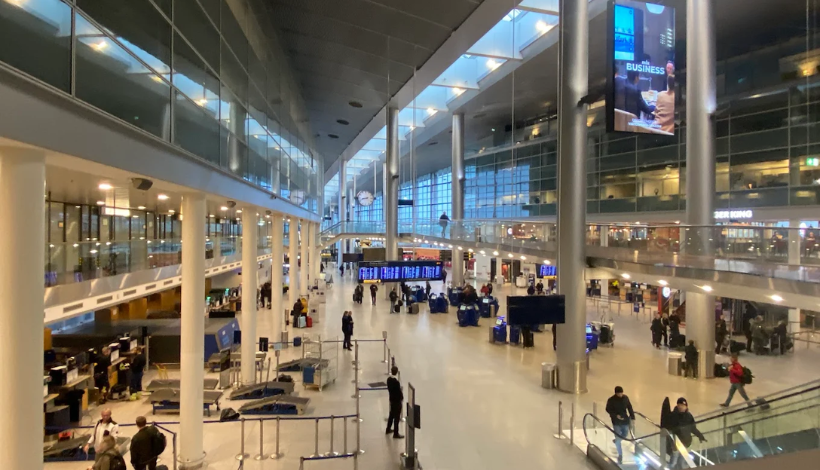
Copenhagen’s airport embraces the Scandinavian aesthetic wholeheartedly. Light wood floors, clean lines, natural materials and a warm colour palette make the terminals feel like an extension of Danish lifestyle. The ambience is stylish without trying too hard, and navigation is almost effortless. Copenhagen’s legacy is its user centred design, which consistently makes it one of Europe’s most loved airports.
- Year of establishment: 1925
- Terminals: 3
- Average daily footfall: About 83,000
16. Sydney Airport, Sydney, Australia
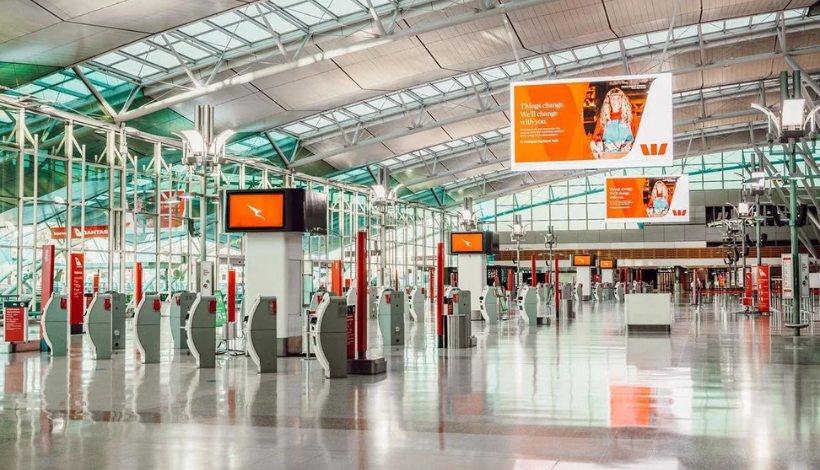
Sydney Airport has a bright, coastal feel that works well for a long haul gateway. Its terminals feature generous glass walls, wide concourses and layouts that keep movement intuitive. Even during busy hours, the structure maintains an airy ambience. Sydney’s iconic status comes from its blend of practical design and relaxed Australian character.
- Year of establishment: 1920
- Terminals: 3
- Average daily footfall: About 121,000
17. Amsterdam Schiphol Airport, Amsterdam, Netherlands
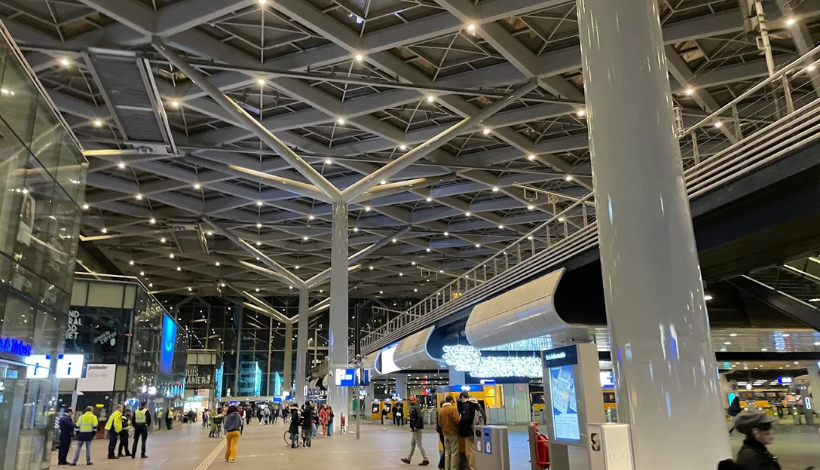
Schiphol feels open and easy to understand from the moment you step inside. Its one terminal concept means fewer transfers and smoother transitions. High ceilings, wide corridors and a practical Dutch sensibility give the airport a grounded atmosphere. Schiphol remains iconic for its simplicity and how consistently it puts traveller comfort first.
- Year of establishment: 1916
- Terminals: 1 multi pier
- Average daily footfall: About 195,000
18. Frankfurt Airport, Frankfurt, Germany
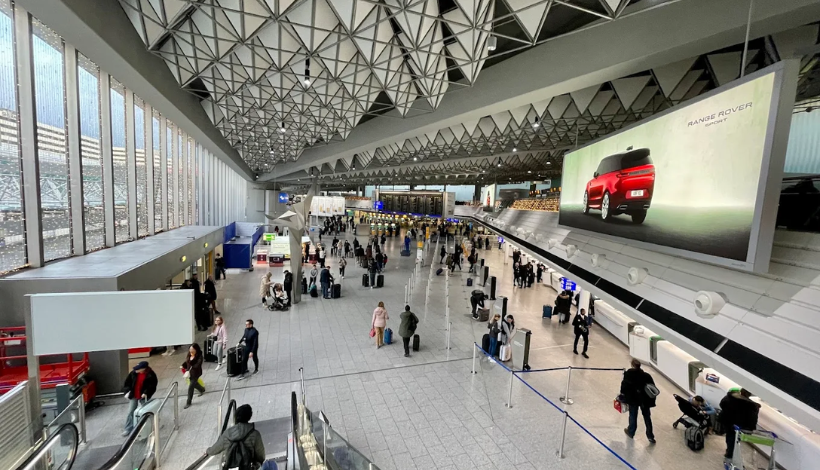
Frankfurt Airport is unapologetically functional. Its terminals are large, structured and built for serious international capacity. The ambience is more purposeful than decorative, but the design ensures smooth movement even during peak hours. Frankfurt is iconic because it prioritises efficiency at a scale few airports can match.
- Year of establishment: 1936
- Terminals: 2
- Average daily footfall: About 193,000
19. Al Maktoum International Airport, Dubai, UAE

Al Maktoum is designed with the future in mind. Its modern industrial architecture features vast open spaces and clean lines, making it feel fresh even with limited crowds. The airport’s legacy is tied to Dubai’s long term vision: it is a terminal built to grow into one of the world’s major hubs.
- Year of establishment: 2010
- Terminals: 1
- Average daily footfall: About 4,000
20. Istanbul Airport, Istanbul, Turkey

Istanbul Airport is monumental in scale. Its sweeping roof structure, vast halls and smooth marble interiors create an ambience that feels both modern and rooted in Turkish architectural tradition. The terminal is elegant, bold and built to handle millions without losing its visual impact. Istanbul’s airport is iconic for its ambition and architectural drama.
- Year of establishment: 2018
- Terminals: 1
- Average daily footfall: About 176,000
21. Auckland Airport, Auckland, New Zealand
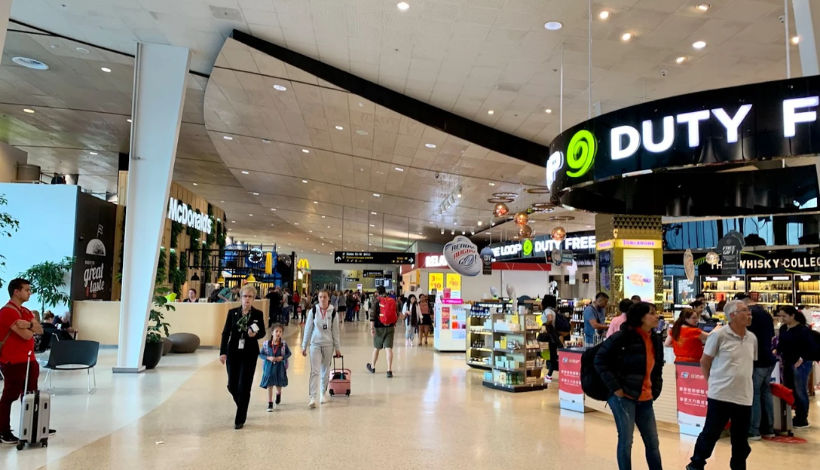
Auckland Airport feels gentle and welcoming, much like New Zealand itself. Its clean design, natural materials and soft lighting offer a calm transition for long haul travellers. The ambience is warm without being busy, and the structure reflects the region’s easy going character.
- Year of establishment: 1966
- Terminals: 2
- Average daily footfall: About 58,000
22. Brisbane Airport, Brisbane, Australia
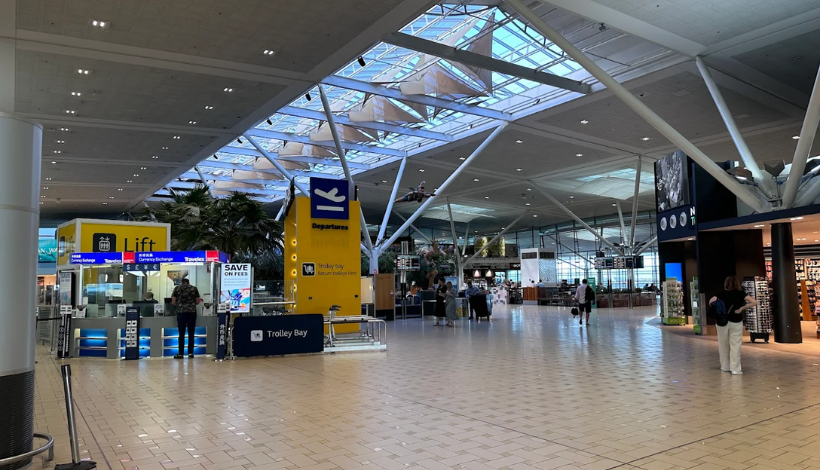
Brisbane Airport leans into bright, friendly design. Its terminals use modern architecture with plenty of sunlight and open spaces that make navigation uncomplicated. The airport’s identity is tied to its relaxed, efficient feel, making it a comfortable gateway for travellers exploring Australia’s east coast.
- Year of establishment: 1988
- Terminals: 2
- Average daily footfall: About 65,000
23. Seattle Tacoma International Airport, Seattle, USA
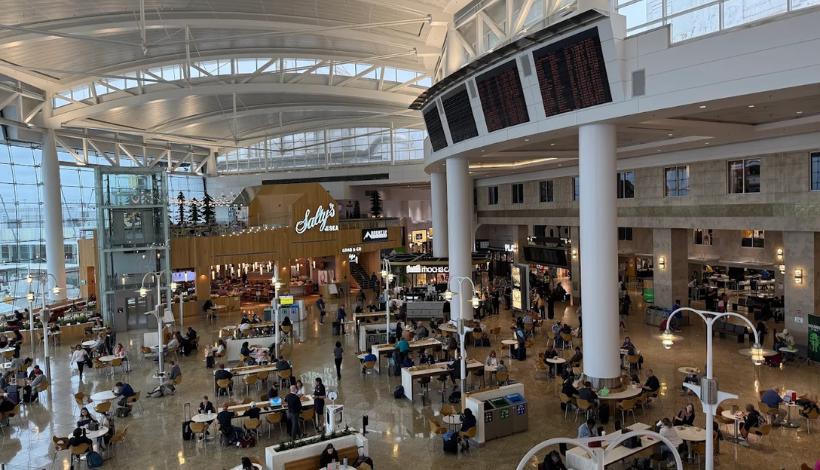
SEA reflects the Pacific Northwest’s warmth through wood, glass and natural tones. The terminal feels welcoming and grounded, with wide windows that pull in soft daylight. The airport’s ambience mirrors Seattle’s personality: creative, calm and comfortably modern.
- Year of establishment: 1944
- Terminals: 1 multi concourse
- Average daily footfall: About 126,000
24. San Francisco International Airport, San Francisco, USA
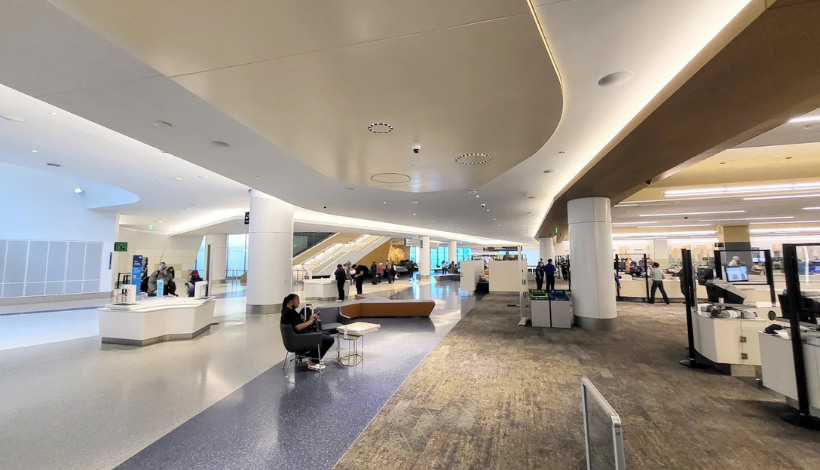
SFO blends contemporary architecture with a strong connection to local art. The terminals feel cultured and open, offering curated museum style installations alongside functional gate areas. Its ambience is creative and progressive, fitting for the Bay Area. SFO is iconic for turning travel spaces into meaningful visual experiences.
- Year of establishment: 1927
- Terminals: 4
- Average daily footfall: About 157,000
25. Chicago O Hare International Airport, Chicago, USA
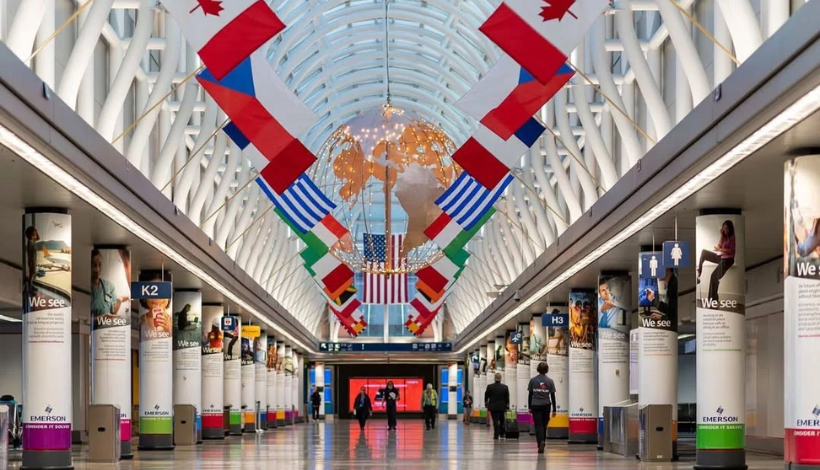
O Hare is all about movement. Long concourses and its famous neon lit tunnel give the airport a dynamic, almost cinematic feel. The design focuses on capacity and flow, reflecting the city’s busy, energetic identity. O Hare remains iconic for being one of the world’s most recognisable and high traffic hubs.
- Year of establishment: 1955
- Terminals: 4
- Average daily footfall: About 228,000
26. Los Angeles International Airport, Los Angeles, USA

Los Angeles International Airport, better known as just “LAX”, has a distinctive layout with multiple terminals encircling a central core. Recent upgrades have made the interiors brighter and more modern, with international areas designed for a smoother, more premium experience. The airport’s legacy is tied to Los Angeles’ role as a major gateway to the Pacific.
- Year of establishment: 1930
- Terminals: 9
- Average daily footfall: About 241,000
27. Madrid Barajas Airport, Madrid, Spain
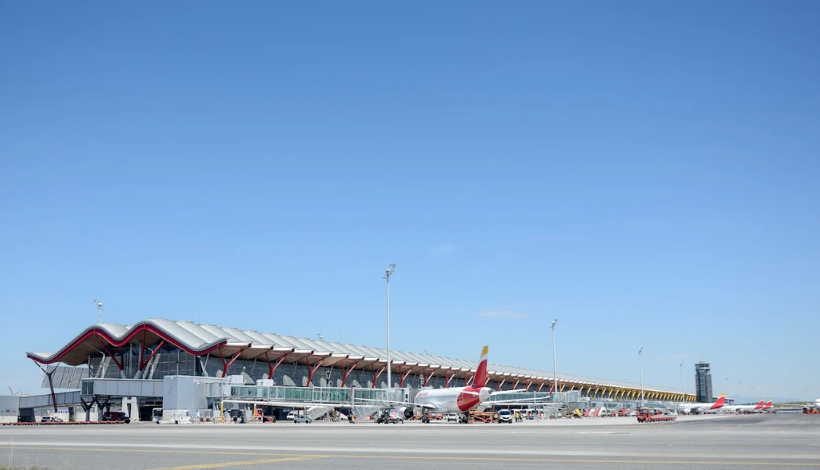
Madrid Barajas is widely admired for Terminal 4, a structure bathed in natural light with a flowing bamboo roof that creates warmth and rhythm. The ambience feels both modern and welcoming. Its design is iconic for transforming airport architecture into something artistic and emotionally uplifting.
- Year of establishment: 1931
- Terminals: 4
- Average daily footfall: About 169,000
28. Barcelona El Prat Airport, Barcelona, Spain
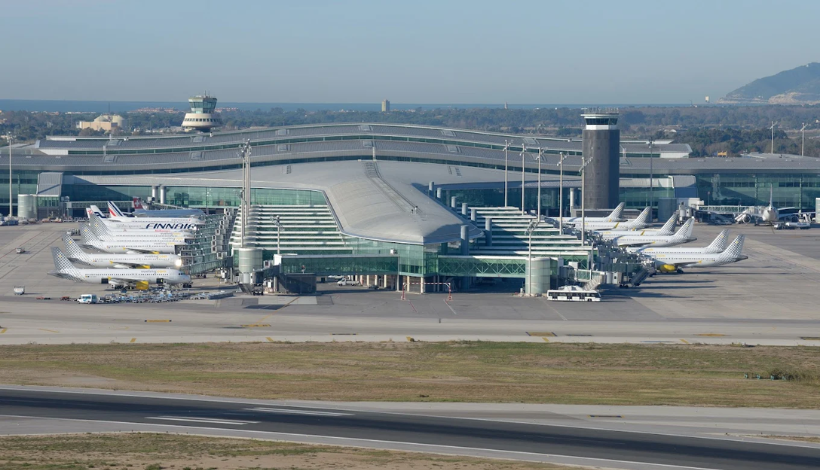
Barcelona Airport has modern European charm, with smooth lines, open spaces and bright interiors that match the city’s sense of style. The terminals feel organised yet relaxed, making travel easy for the millions of tourists who pass through each year.
- Year of establishment: 1916
- Terminals: 2
- Average daily footfall: About 144,000
29. King Abdulaziz International Airport, Jeddah, Saudi Arabia
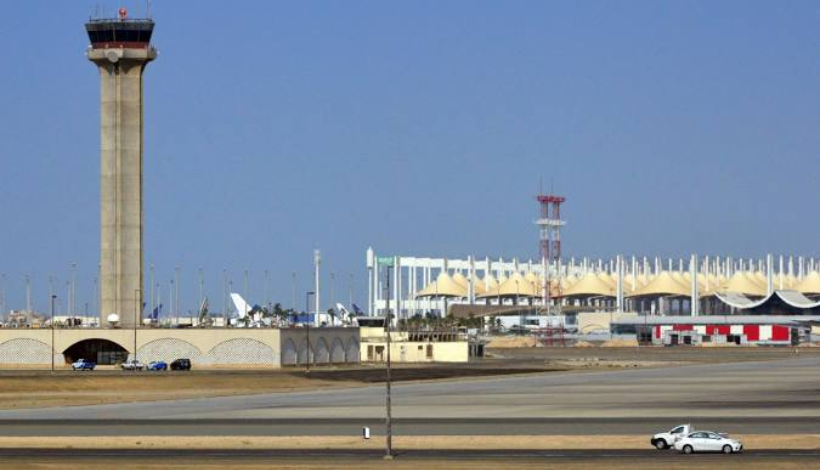
King Abdulaziz Airport blends modern architecture with cultural patterns that reflect Saudi heritage. The halls are wide and airy, built to manage heavy seasonal travel comfortably. Its iconic status comes from its role as the gateway for travellers visiting the holy cities.
- Year of establishment: 1981
- Terminals: 3
- Average daily footfall: About 113,000
30. Abu Dhabi International Airport, Abu Dhabi, UAE
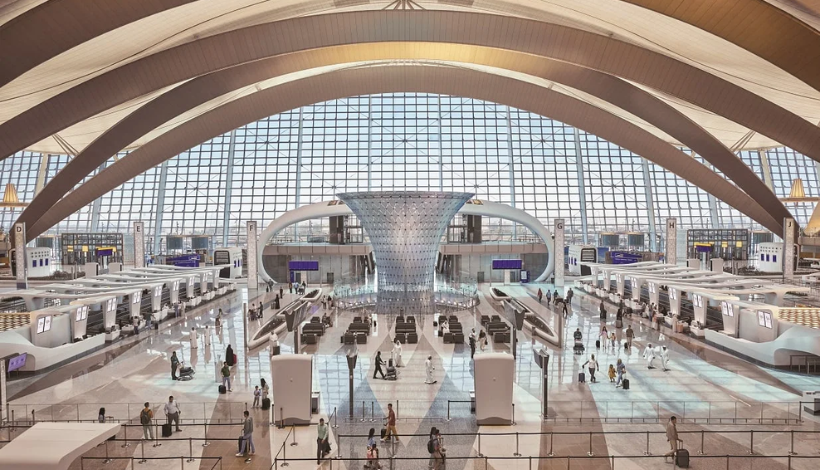
Abu Dhabi Airport features clean, futuristic design and terminals that feel polished and spacious. The ambience is calm and controlled, with architectural details that echo the city’s modern identity. It remains iconic for balancing luxury with practicality.
- Year of establishment: 1982
- Terminals: 3
- Average daily footfall: About 68,000
31. King Khalid International Airport, Riyadh, Saudi Arabia
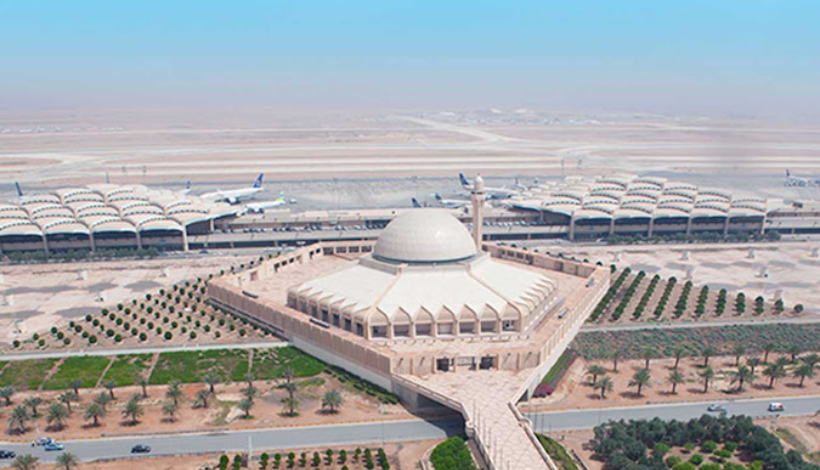
King Khalid Airport has a distinct geometric design with wide interiors and tall ceilings that make the space feel grand and orderly. The architecture reflects Saudi Arabia’s structured, formal aesthetic, giving the terminal a dignified presence.
- Year of establishment: 1983
- Terminals: 4
- Average daily footfall: About 97,000
32. Indira Gandhi International Airport, Delhi, India

Delhi’s T3 terminal greets travellers with sweeping art walls inspired by Indian heritage. The vast corridors and high ceilings create a sense of spaciousness, while the layout ensures smooth movement across the terminal. Delhi Airport is iconic for blending culture with modernity.
- Year of establishment: 1962
- Terminals: 3
- Average daily footfall: About 198,000
33. Chhatrapati Shivaji Maharaj International Airport, Mumbai, India
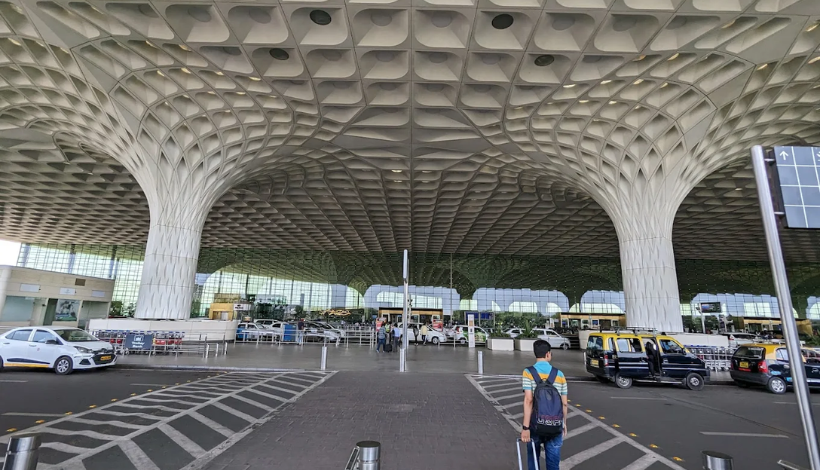
Mumbai’s T2 terminal is an architectural gem. Its sculpted roof, museum like art displays and refined interiors create a visual narrative inspired by Indian culture. The ambience feels elegant and grounded, making it one of India’s most iconic terminals.
- Year of establishment: 1942
• Terminals: 2
• Average daily footfall: About 134,000
34. Kuala Lumpur International Airport, Kuala Lumpur, Malaysia

KLIA feels futuristic and nature friendly at the same time. Its sleek architecture sits among greenery, and the interiors are designed with symmetry and clarity in mind. The airport’s iconic appeal comes from its balanced blend of modern technology and calm visual design.
- Year of establishment: 1998
- Terminals: 2
- Average daily footfall: About 171,000
35. Suvarnabhumi Airport, Bangkok, Thailand
Suvarnabhumi is large, bright and unmistakably modern. The glass heavy terminal and flowing steel roof give it a distinctive silhouette, while the interiors are designed to manage enormous passenger volumes efficiently. It remains iconic for its scale and contemporary Thai design influence.
- Year of establishment: 2006
- Terminals: 1
- Average daily footfall: About 179,000
36. Taoyuan International Airport, Taipei, Taiwan
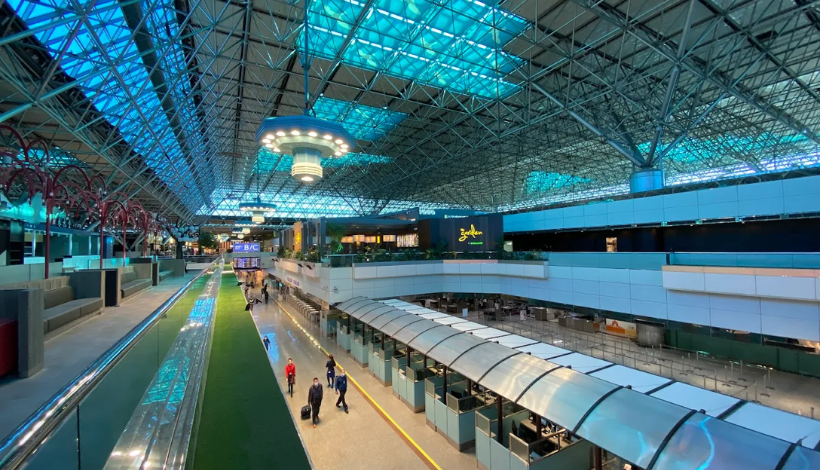
Taoyuan Airport offers smooth, modern architecture with clean interiors and layouts that emphasise ease of circulation. The ambience is bright and organised, reflecting Taiwan’s polished and practical design sensibilities.
- Year of establishment: 1979
- Terminals: 2
- Average daily footfall: About 136,000
37. Heydar Aliyev International Airport, Baku, Azerbaijan
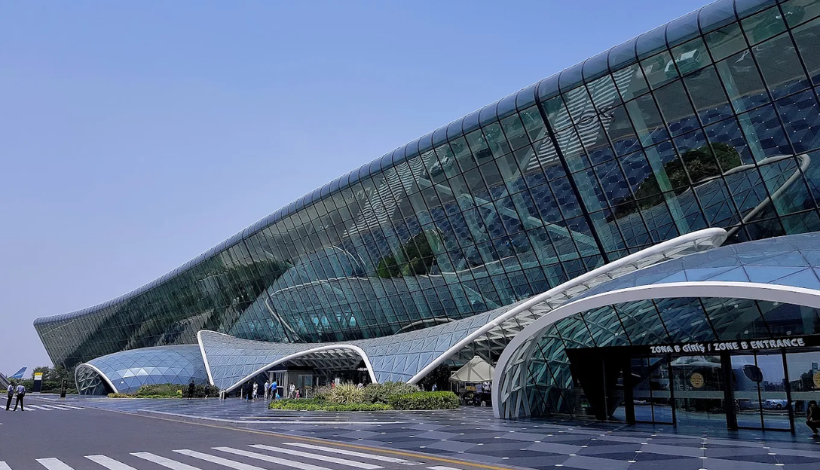
Heydar Aliyev Airport is visually striking, with curved architecture, warm lighting and sleek wood interiors that create a cosy yet luxurious atmosphere. The structure feels sculpted, with each space flowing smoothly into the next. It is iconic for its award winning design and distinctive personality.
- Year of establishment: 2004
- Terminals: 1
- Average daily footfall: About 13,000
38. Rome Fiumicino Airport, Rome, Italy
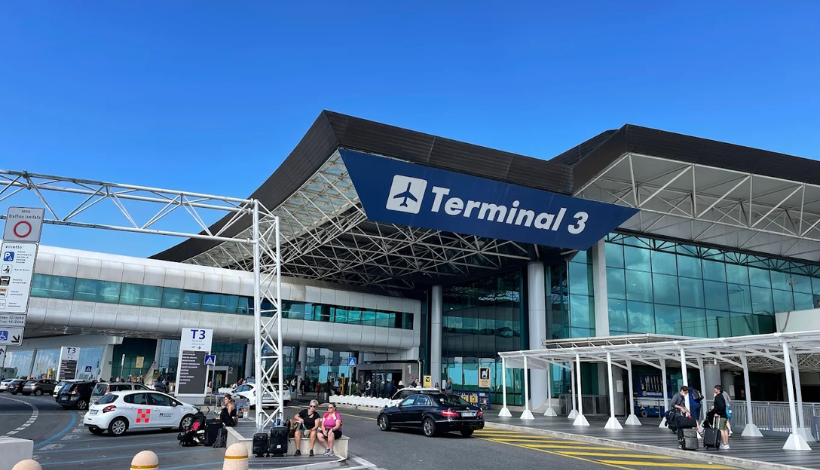
Fiumicino has undergone major upgrades that give its terminals a modern, open feel. Improved lighting, spacious lounges and cleaner architectural lines make the airport feel more refined. Its legacy is tied to Rome’s evolving role as a major European gateway.
- Year of establishment: 1961
- Terminals: 4
- Average daily footfall: About 119,000
39. Paris Charles de Gaulle Airport, Paris, France
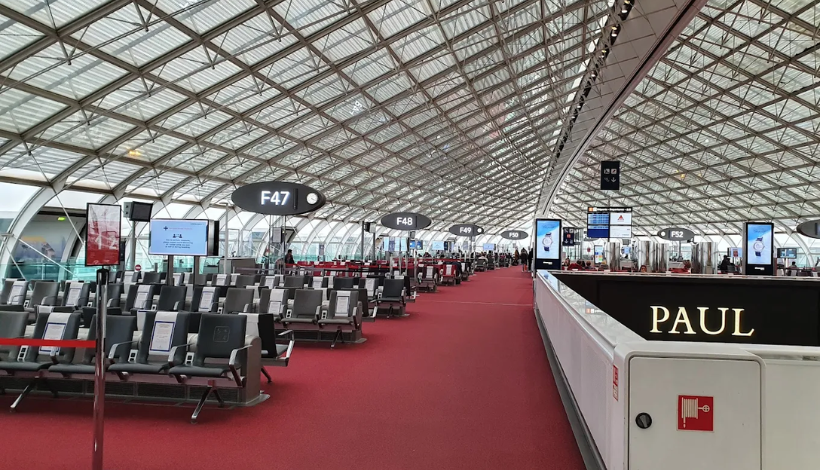
Charles de Gaulle is known for its bold, almost sculptural architecture. Its terminals feature unique forms, wide connecting areas and a design built to handle enormous international flows. The airport is iconic for its unmistakable Parisian character and ambitious structural style.
- Year of establishment: 1974
- Terminals: 3
- Average daily footfall: About 198,000
40. John F Kennedy International Airport, New York, USA
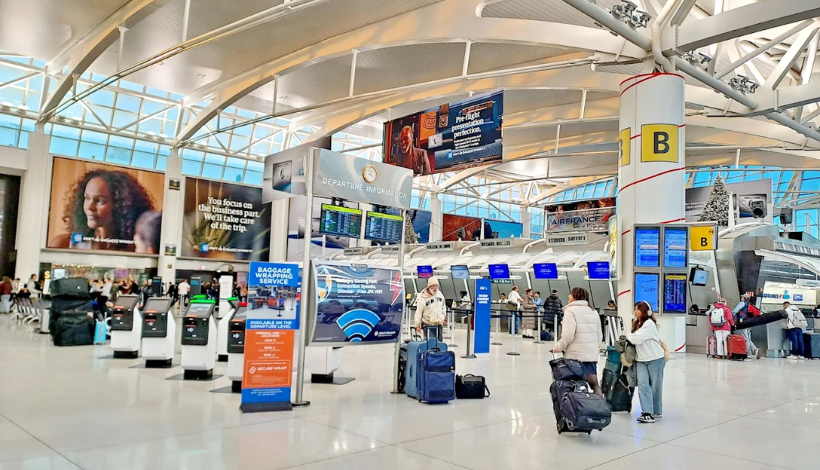
JFK is a classic gateway to the United States, with multiple terminals reflecting different eras of American design. The mix of architectural styles creates a vibrant, sprawling atmosphere that mirrors New York’s diversity. JFK remains iconic simply because of the role it plays in global travel history.
- Year of establishment: 1948
- Terminals: 6
- Average daily footfall: About 171,000
Why Air Travel Is Now More Than Just Catching Flights
These airports tell stories through architecture. Some use soaring ceilings to mimic flight long before takeoff. Others let natural light flood in so travellers feel grounded even as they move between time zones.
There are terminals lined with local art, walkways inspired by regional landscapes and lounges designed to make even a quick layover feel like a moment of quiet luxury.
What makes these airports iconic is not size or budget. It is the way they build an atmosphere. A fragrance in the air that instantly reminds you where you are, a design choice that connects to local heritage, and a layout that makes navigation feel almost effortless.
These small touches, starting with your actual arrival at the airport till your departure from it, turn transit into an experience altogether.
IndiGo Flight Cancellation Guidance for People Trying to Get Refunds or Rebook Easily




 November 22, 2025
November 22, 2025







































 Share
Share
 Download as PDF
Download as PDF  From
From  Travellers & class
Travellers & class  Rent For
Rent For Departure Date
Departure Date 






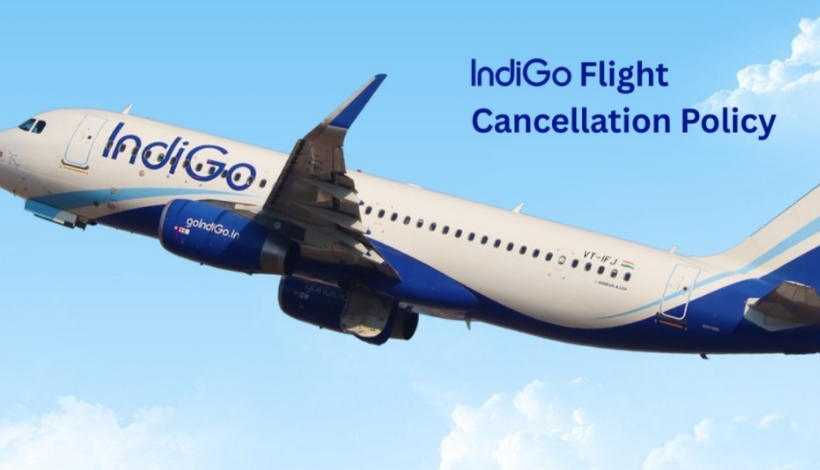



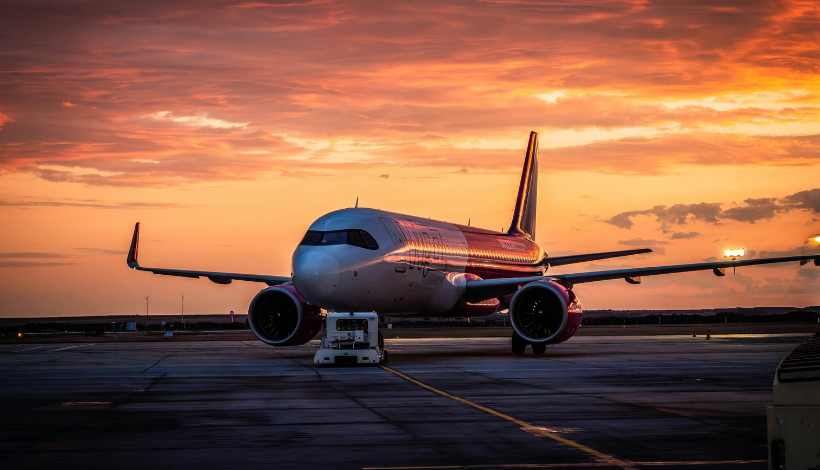
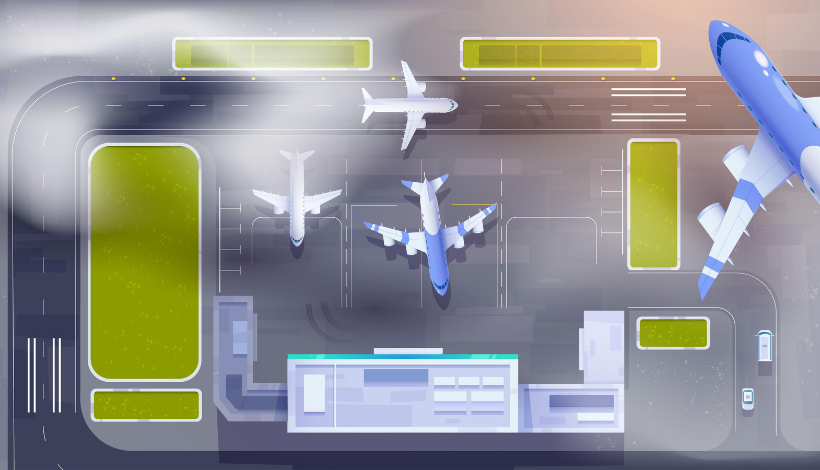

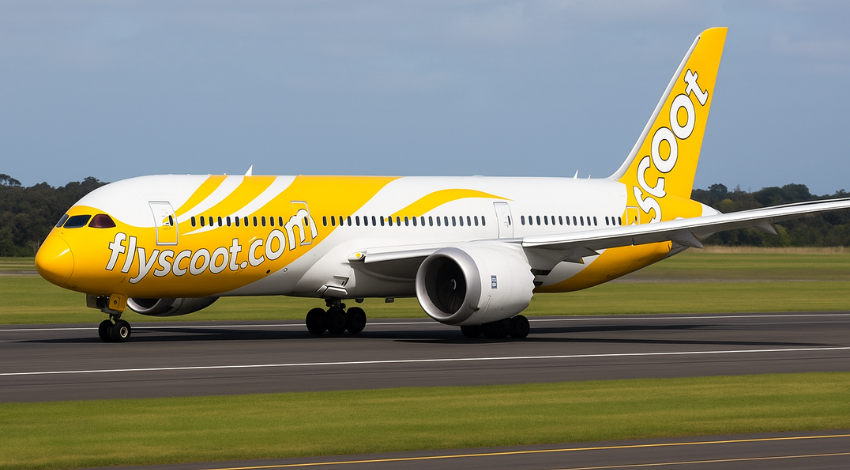
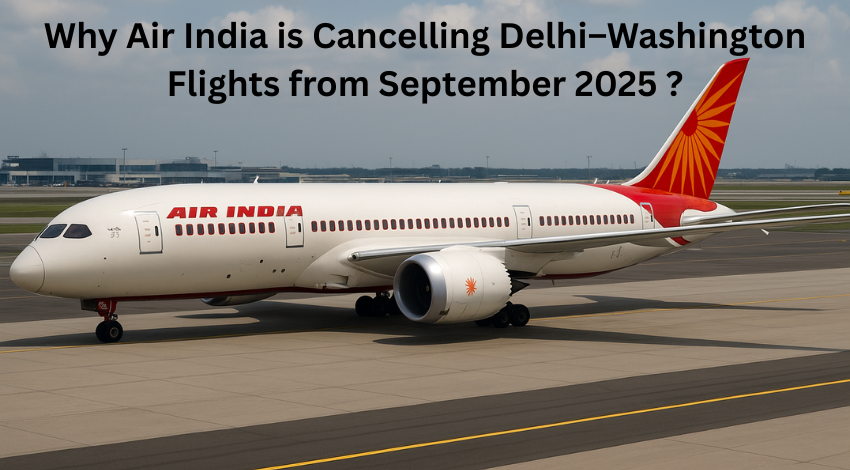


{{cmnt.comment}}